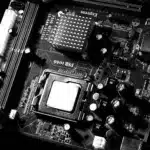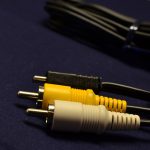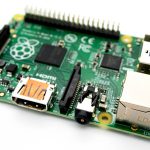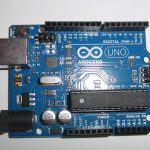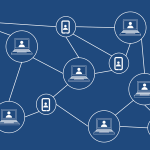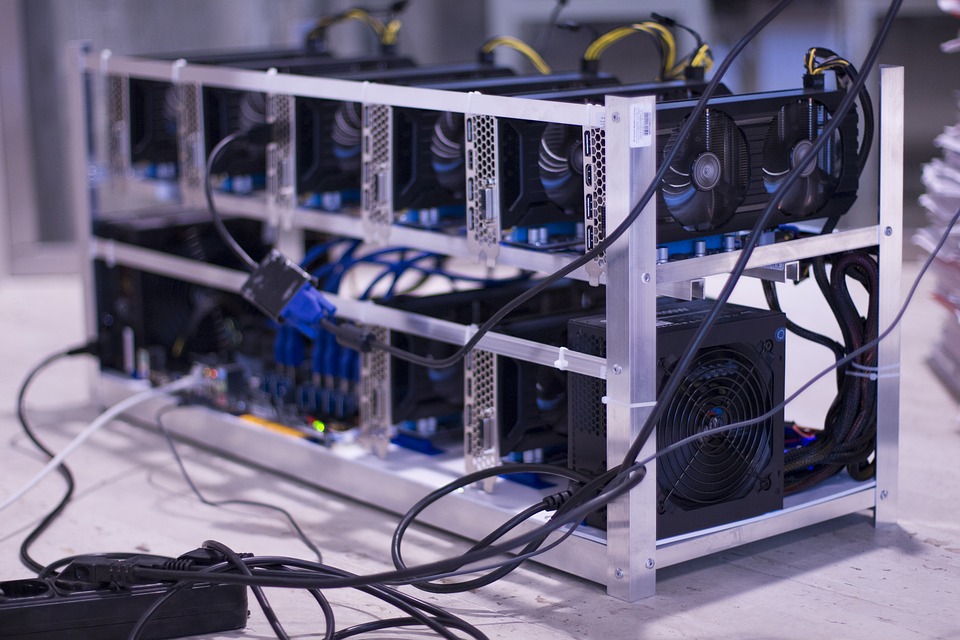
The Internet of Things (IoT)
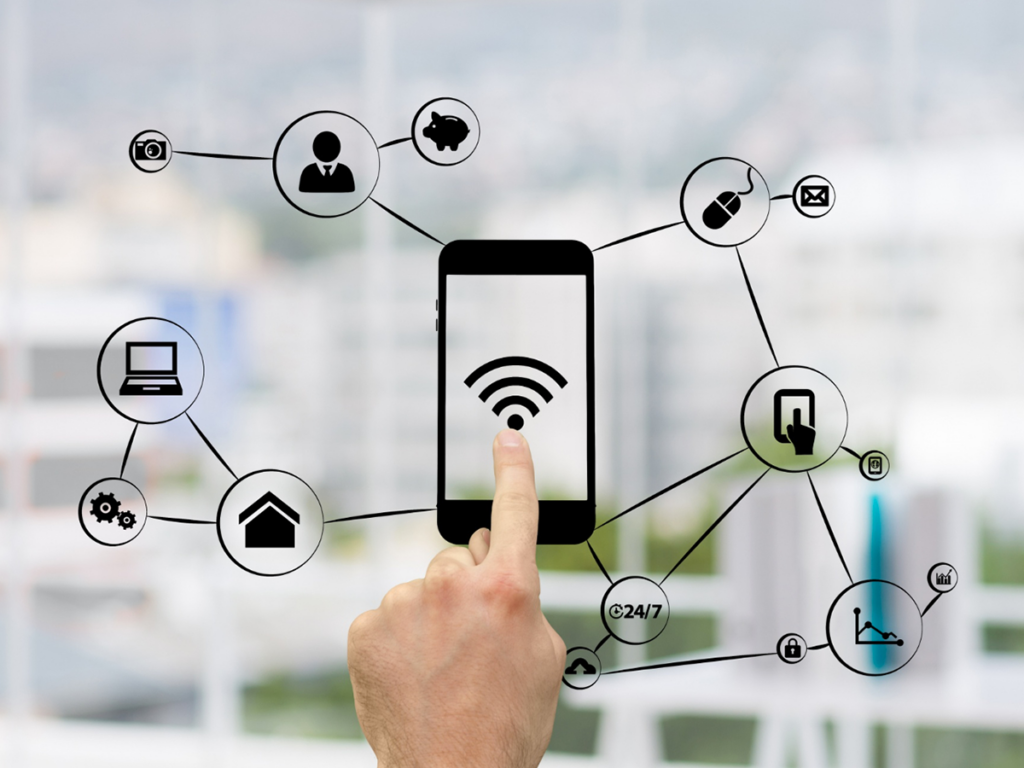
The Internet of Things represents one of the most disruptive technologies of the century. It has profoundly changed how we relate to the environment around us. With a network of low-cost sensors and interconnected things, we are able to collect a lot of data. This data can be used to improve efficiencies and to deliver advanced services in a wide range of application domains including smart city and health care. IoT has continued to create new opportunities and provide a competitive advantage for businesses in current and emerging markets.
The challenges facing IoT
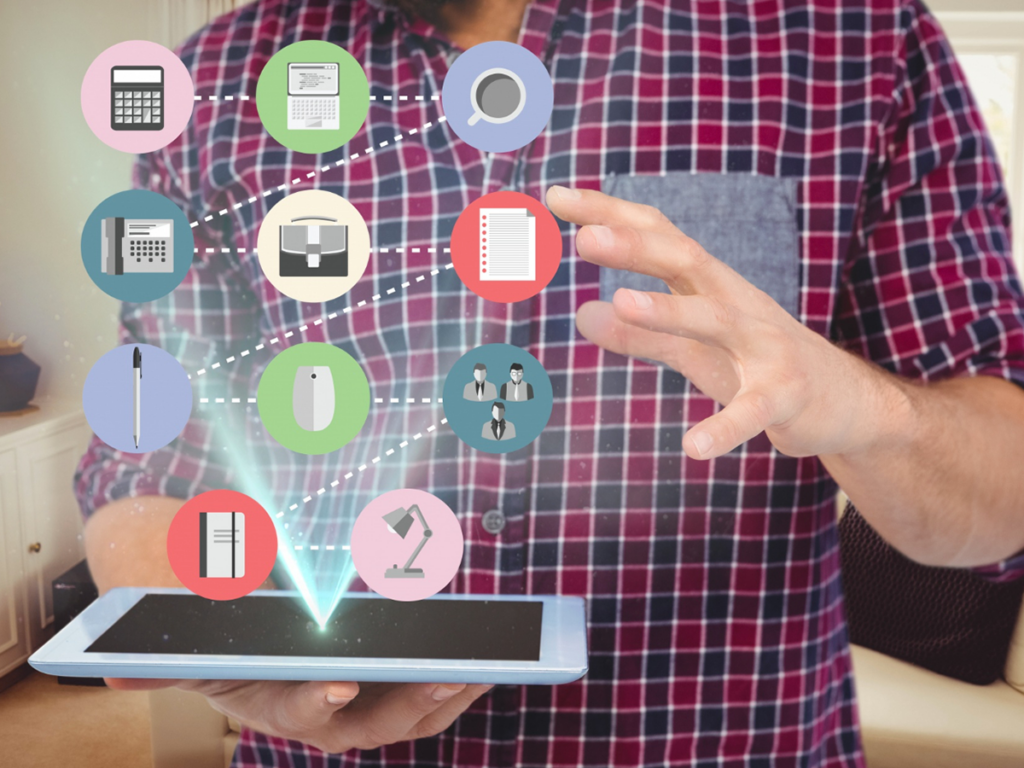
There are a couple of challenges currently facing IoT chief of which are security and privacy. IoT is centered on the generation and analysis of data over the internet. Embedded in this data is information that can be used to algorithmically construct a virtual biography of our activities that reveal lifestyle patterns and private behavior as well. First generation IoT products lack fundamental security safeguards posing a huge security risk. There are also several other features of IoT that make it susceptible to intrusion, they include
- Lack of central control
- Heterogeneity in device resources
- Multiple attack surfaces
Blockchain technology and IoT
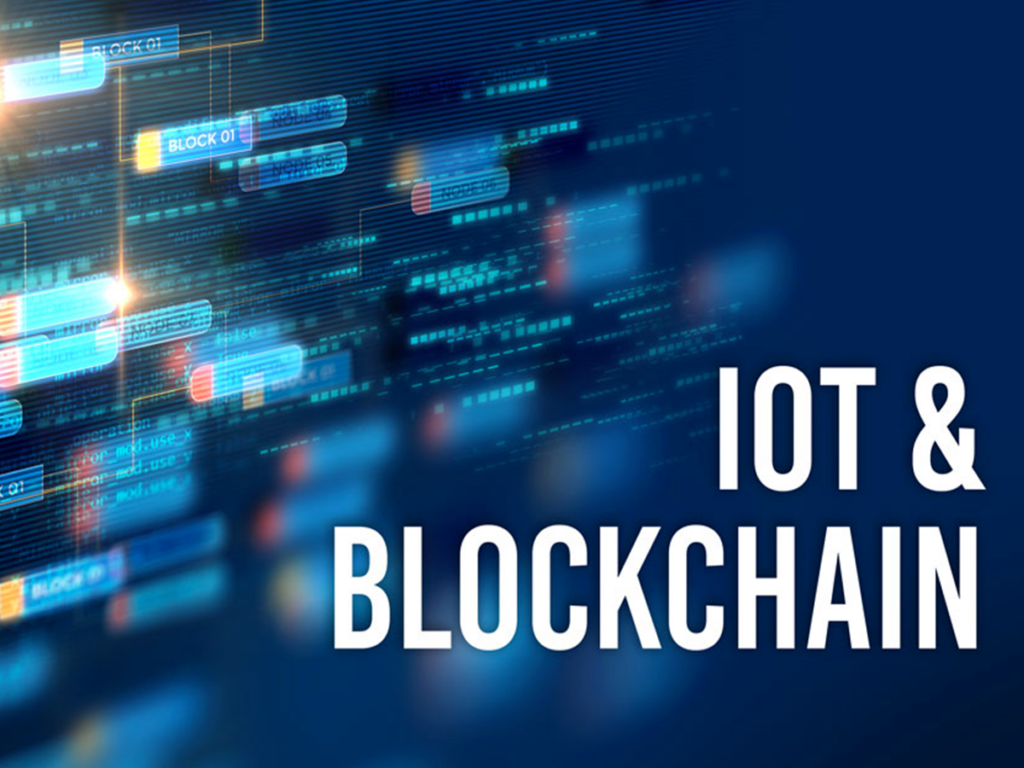
The blockchain is the main technology behind Bitcoin. It is an inflexible public record of data secured by a network of peer-to-peer participants. The blockchain is made up of blocks chained together as a ledger. There are many nodes in the peer-to-peer network and any one of them can choose to be a miner. A miner is responsible for mining blocks to Blockchain technology by solving the resource-intensive cryptographic puzzle, the Proof Of Work and adding a new block to Blockchain. Whenever there is an occurrence of a new transaction, it is broadcast to the entire network. Miners then receive the transaction and then verify it by validating the signatures contained within this transaction. Each miner then adds the verified transaction to its own pending block of transaction that is awaiting mining. Blockchain’s robustness stems from the fact that a single transaction is processed by multiple miners. The following features of Blockchain make it an attractive technology for addressing security and Privacy challenges facing IoT
- Decentralization- This ensures scalability and robustness
- Anonymity- It offers inherent anonymity which is well—suited for IoT use cases where the identity of the users needs to be kept private.
- Security- Blockchain offers a secure network over untrusted parties which is desirable in IoT with multitudes and heterogeneous devices.
You May Also Like : “How to Secure the Internet of Things (IoT) with Blockchain“
Challenges of incorporating Block chain into IoT

Despite Blockchain being very beneficial to IoT, its adoption is not straightforward. There are challenges that will first need to be addressed before this is possible,
- Mining is computationally intensive whereas IoT devices are majorly resource restricted
- Block mining is time-consuming, whereas in many IoT applications low latency is desirable.
- Blockchain scales poorly as the number of nodes within the network increases which is disadvantageous for IoT network since they are expected to contain a large number of nodes.
- Blockchain protocols create significant overhead traffic. This will be undesirable for certain bandwidth-limited IoT devices.
There are currently several attempts to overcome these challenges. It’s just a matter of time before the two giant technologies are seamlessly joined together to come with a formidable IoT platform.








